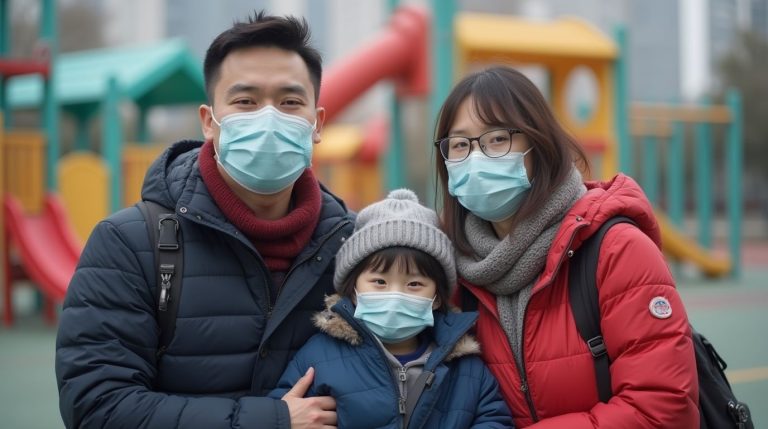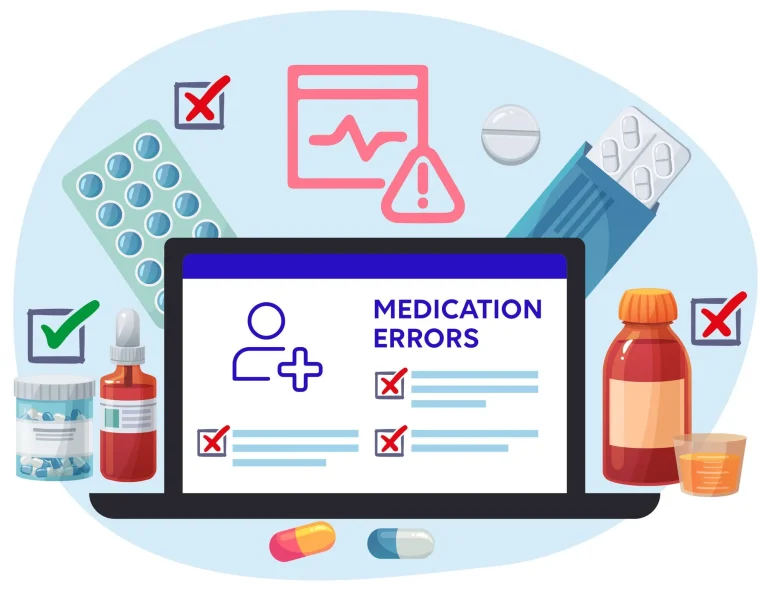Hong Kong is taking swift and comprehensive action to combat mosquito-borne diseases after confirming its first locally acquired case of chikungunya fever in 2025. With the total number of chikungunya cases reaching 47 this year, city authorities are implementing a multi-layered strategy to prevent further virus transmission, particularly as the Chung Yeung Festival approaches.
The festival, a traditional time when residents visit ancestral gravesites, has raised specific concerns about potential mosquito breeding grounds. In response, the Environment and Ecology Bureau convened an urgent interdepartmental meeting to coordinate targeted prevention efforts. The Food and Environmental Hygiene Department is leading intensified cleaning and anti-mosquito operations, focusing particularly on public and private cemeteries where stagnant water and accumulated litter can create ideal mosquito breeding environments.
Chikungunya fever, primarily transmitted by Aedes mosquitoes, can cause significant health challenges including fever, joint pain, and fatigue. While rarely fatal, the disease can lead to prolonged discomfort and potentially chronic joint issues. The emergence of a locally acquired case signals a critical shift from previous imported case scenarios, demanding heightened vigilance from both authorities and residents.

Current mosquito activity data provides a nuanced perspective on the situation. The gravidtrap index for Aedes albopictus—the primary mosquito species spreading chikungunya—has remained below 10 percent from July to September, indicating relatively low mosquito populations. However, officials are not complacent and are implementing comprehensive prevention strategies.

Inspections are being dramatically expanded across multiple locations, including construction sites, private residences, public estates, parks, and other public spaces. The Housing Department and Leisure and Cultural Services Department are collaborating to identify and eliminate potential mosquito breeding sites. Enforcement measures include random inspections, with properties found breeding mosquitoes facing penalties and significant issues being escalated to senior officials.
Diane Wong Shuk-han, Under Secretary of the Environment and Ecology and chair of the Pest Control Steering Committee, has emphasized the critical importance of collective action. Her call for robust measures across government departments underscores the serious public health approach being adopted.

The government’s strategy extends beyond physical interventions, incorporating technological communication channels. The Standard app, for instance, is being promoted as a resource for residents to stay informed about public health developments and safety measures.
For cemetery visitors during the Chung Yeung Festival, authorities are providing clear guidance: clear stagnant water, remove litter, and remain vigilant about potential mosquito breeding sites. Private cemetery operators have been urged to adopt similar preventive measures to minimize virus transmission risks.
This comprehensive approach reflects a proactive and systematic response to an emerging public health challenge. By combining targeted inspections, interdepartmental coordination, technological communication, and public awareness, Hong Kong is demonstrating a sophisticated model of disease prevention that prioritizes community safety and well-being.
As the city continues to monitor mosquito activity closely and adapt its strategies, residents are encouraged to participate actively in prevention efforts. Simple actions like eliminating standing water, maintaining clean environments, and staying informed can significantly contribute to reducing chikungunya transmission risks.












